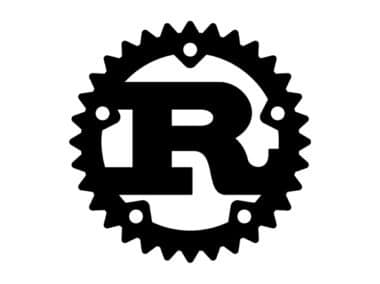Solidity is a popular programming language that is used for developing smart contracts on the Ethereum blockchain. This versatile language offers a range of data structures, allowing developers to build complex and sophisticated applications. Here are some of the commonly used data structures in Solidity:
Arrays
Arrays are collections of elements of the same data type. Solidity supports both fixed-size and dynamic arrays. Fixed-size arrays have a predetermined length that cannot be changed once they are created. On the other hand, dynamic arrays have a variable length that can be changed during runtime. Arrays are often used to store and manipulate large sets of data. For example, an array could be used to keep track of a list of users or their balance on the blockchain.
Mappings
Mappings are key-value data structures that map unique keys to their corresponding values. Unlike arrays, mappings can have any data type as their key, and the keys are not required to be sequential. Mappings are commonly used to store and retrieve data in Solidity. For example, a mapping could be used to store a user’s address as a key and their balance on the blockchain as the corresponding value.
Structs
Structs are user-defined data types that group together variables of different data types under a single name. Structs can be used to create complex data structures that can be used to model real-world objects. For example, a struct could be used to define a user object with attributes such as name, age, and address. This object could then be used in the smart contract to manage user data on the blockchain.
Enums
Enums are user-defined data types that consist of a set of named constants called enumerators. Enums can be used to represent a finite set of values or states. For example, an enum could be used to define the state of a transaction on the blockchain, such as “pending,” “completed,” or “failed.”
Linked Lists
Linked lists are data structures that consist of a sequence of nodes, where each node contains a data value and a pointer to the next node in the sequence. Linked lists can be used to implement complex data structures such as trees and graphs. For example, a linked list could be used to create a blockchain where each block is a node that contains transaction data and a pointer to the previous block.
Overall, the data structures in Solidity provide developers with the tools to build complex and sophisticated applications on the Ethereum blockchain. By leveraging the power of these data structures, developers can create smart contracts that are capable of executing complex business logic and managing large sets of data.




